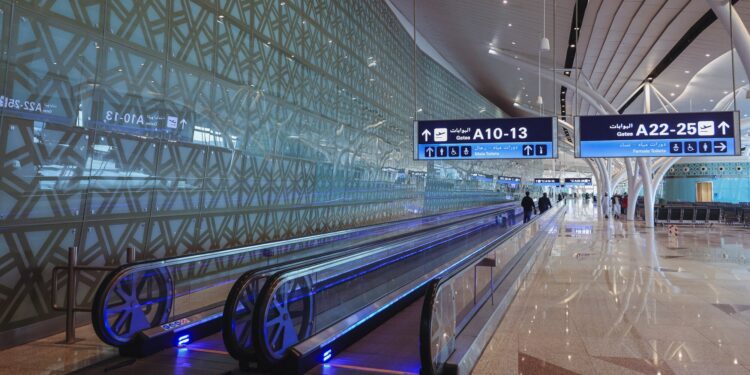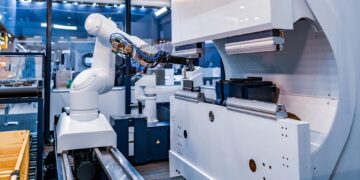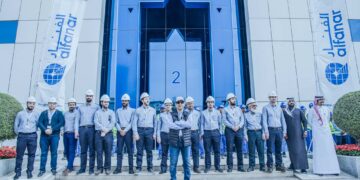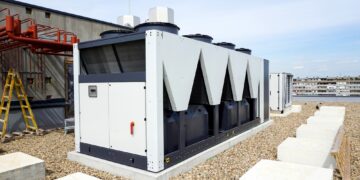Saudi Arabia is transforming global air travel with its ambitious new airports, setting a new benchmark for innovation, sustainability, and passenger experience. Driven by Vision 2030, the Kingdom’s aviation initiatives are not just building new terminals—they are reshaping the entire industry.
King Salman International Airport in Riyadh is set to become one of the world’s largest, covering 57 square kilometers with six runways. According to official sources, it aims to serve 120 million passengers by 2030 and up to 185 million by 2050. Designed by Foster + Partners, the airport blends Saudi architectural heritage with advanced sustainability features, such as solar power and LEED Platinum certification. The project is expected to create 150,000 jobs and add SAR 27 billion to the non-oil GDP.
Red Sea International Airport, which opened to international flights in 2024, is redefining luxury travel. Built entirely with renewable energy and natural ventilation, it is designed to welcome one million tourists annually by 2030, offering high-end amenities like spa pods and direct luggage delivery to resorts.
NEOM Bay Airport, part of Saudi Arabia’s futuristic NEOM smart city, features AI-powered systems, biometric e-gates, and digital control towers. With a projected capacity of 100 million passengers, it prioritizes connected, sustainable, and zero-carbon travel.
Regional airports are also undergoing significant upgrades:
- Taif International Airport, developed through a public-private partnership, is set to handle 2.5 million passengers by 2030, supporting religious tourism to Makkah.
- Malham Airport near Riyadh will focus on business and event travel, with an expected 25,000 flights annually.
- Abha International Airport in the Aseer Highlands is expanding its terminal from 10,500 to 65,000 square meters, inspired by the UNESCO-listed village of Rijal Almaa. Once complete in 2028, it will accommodate 13 million passengers each year.
- AlUla International Airport, known for its ancient heritage, is in its second expansion phase and will soon serve up to 6 million passengers annually. The design highlights local materials and immersive cultural features, including a five-star hotel and wellness lounges.
In Jeddah, King Abdulaziz International Airport is streamlining pilgrimage travel with 70 AI-powered e-gates and biometric facial recognition, enhancing the experience for millions of Hajj and Umrah visitors.
Saudi Arabia’s vision is to host 330 million air travelers annually by 2030, connecting to over 250 destinations worldwide. These airport projects are positioning the country as a leader in global tourism, sustainable aviation, and technological innovation.
This sweeping transformation is attracting airlines, investors, and tour operators worldwide. The Kingdom’s focus on non-oil economic growth, green infrastructure, and luxury travel is setting a new global standard, offering inspiration for the aviation industry everywhere.









